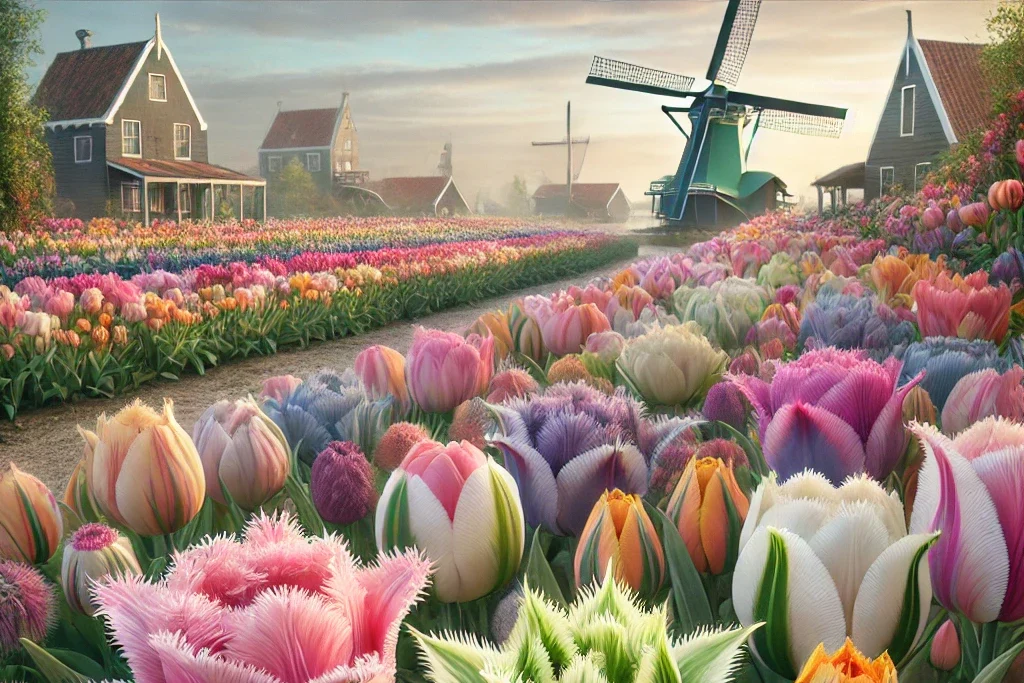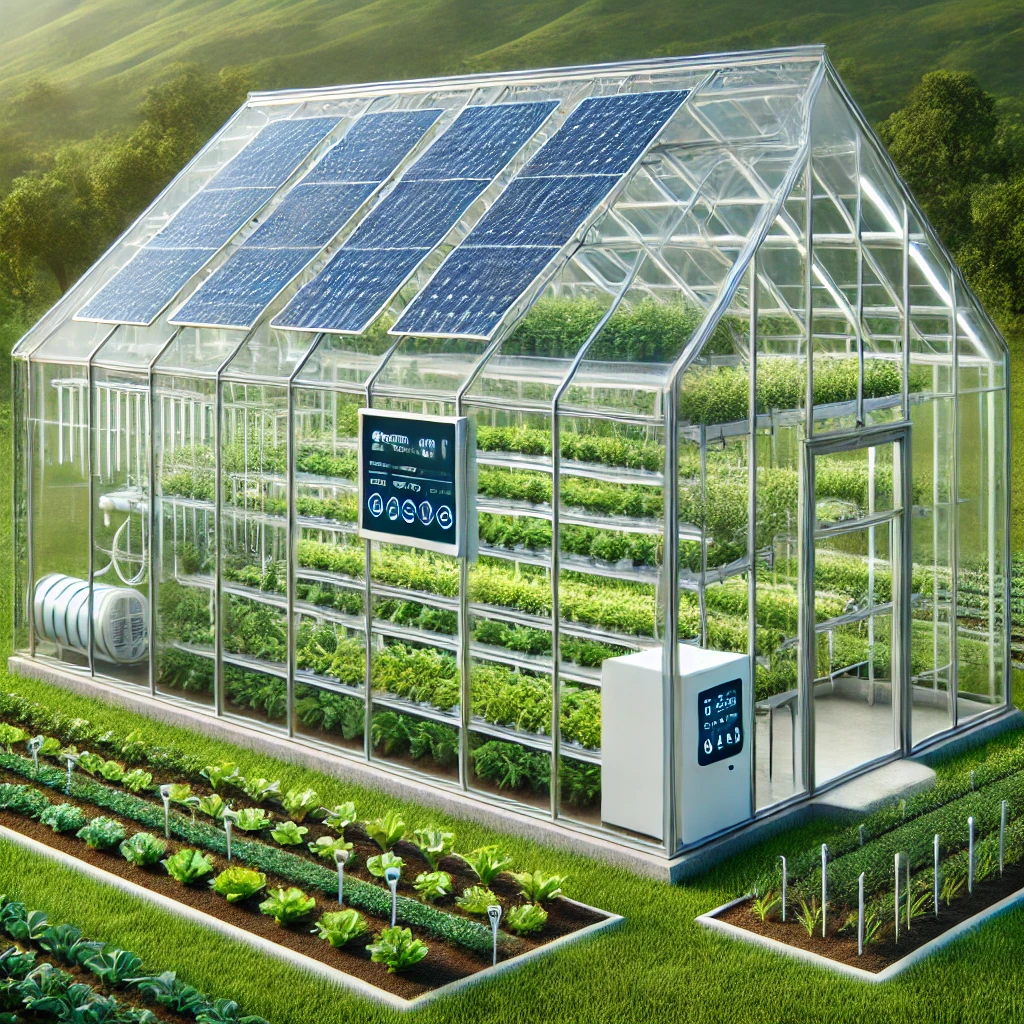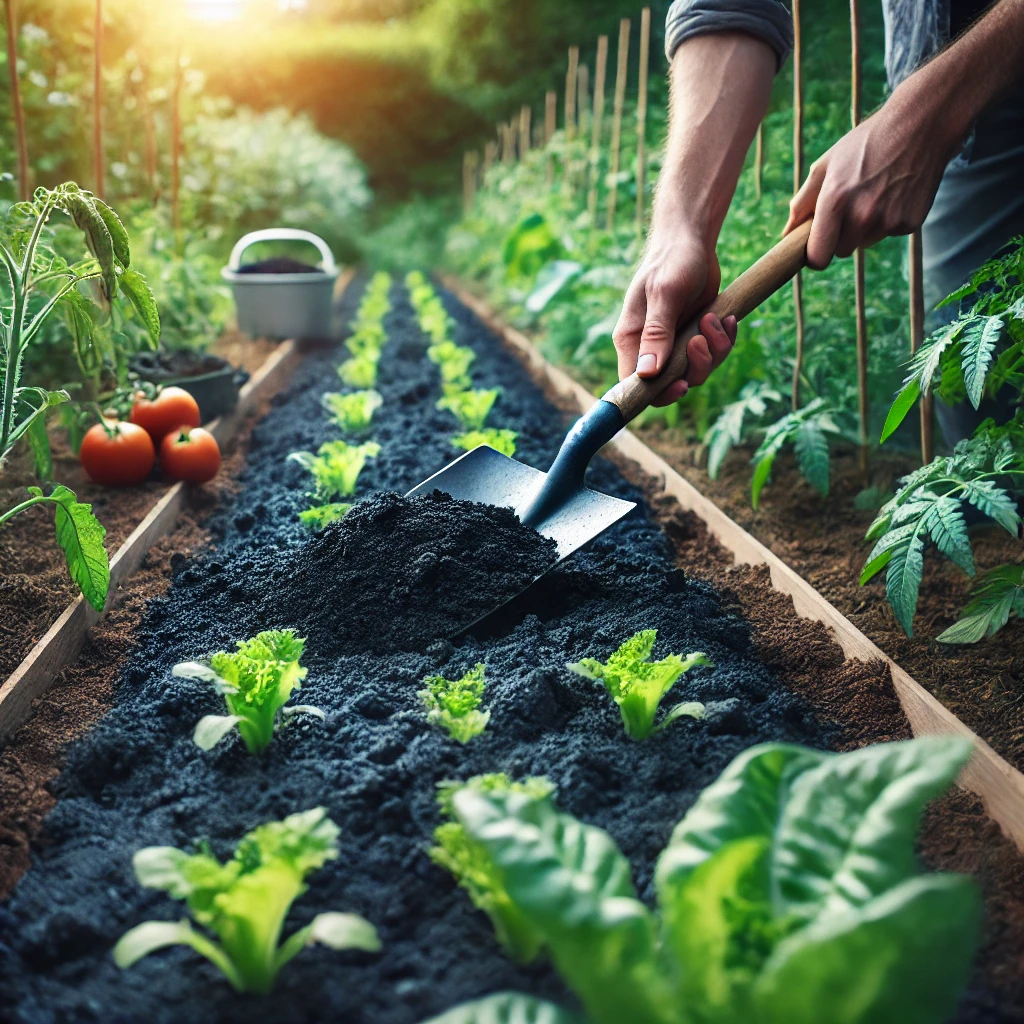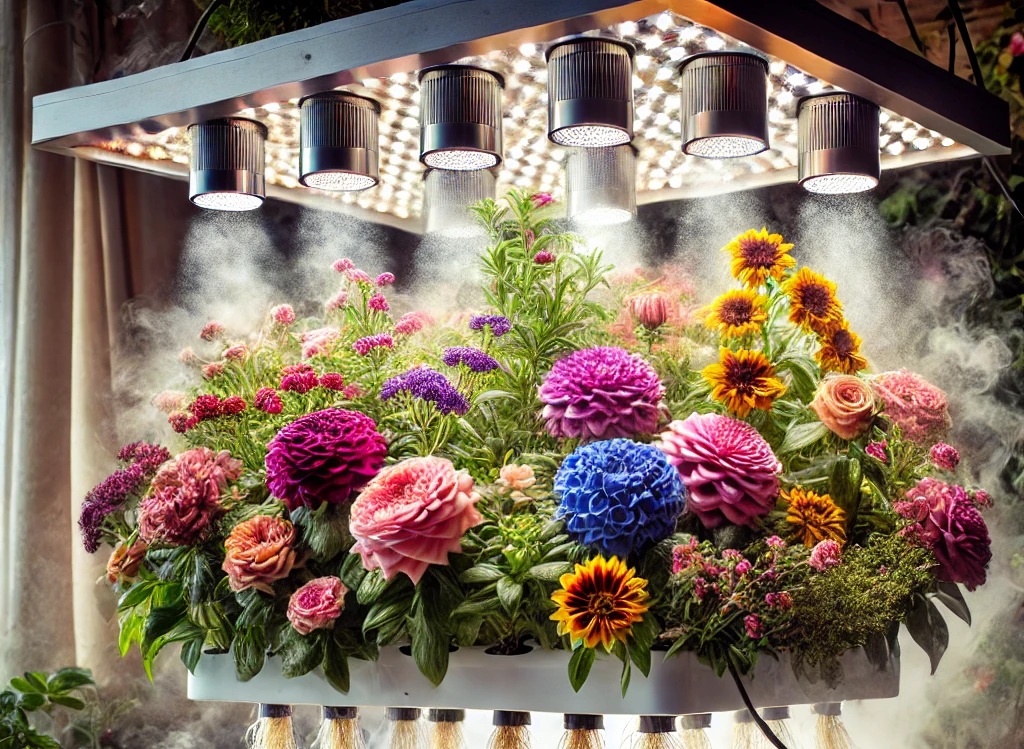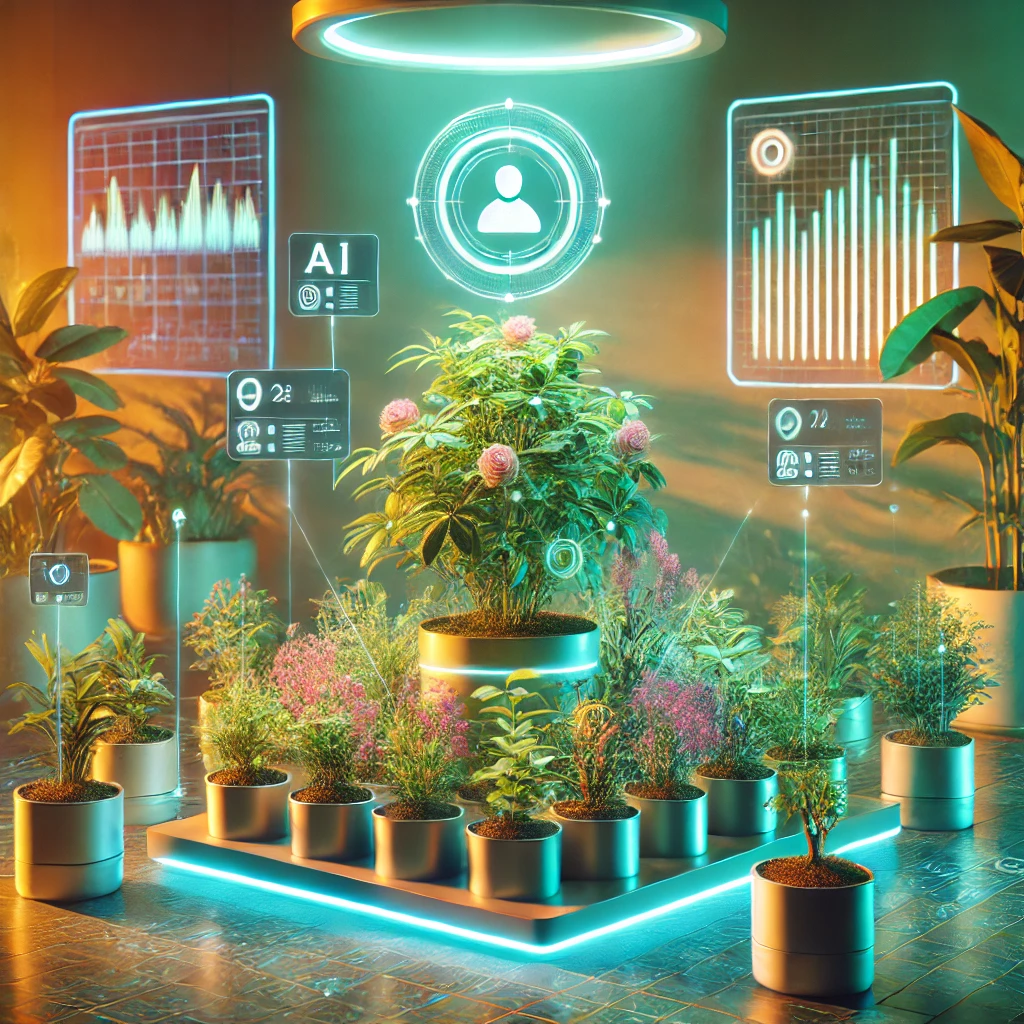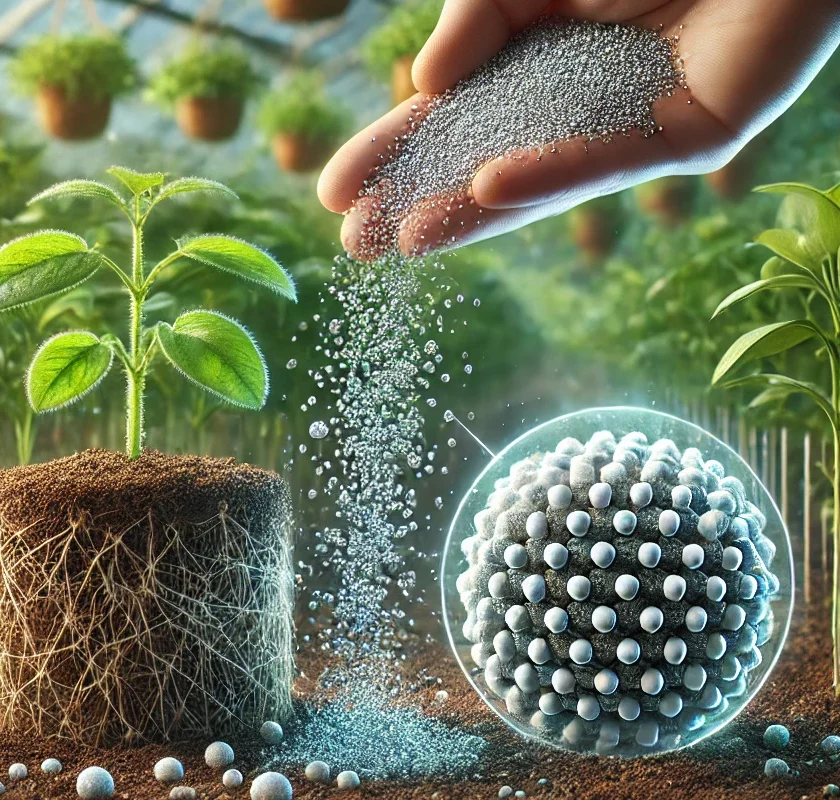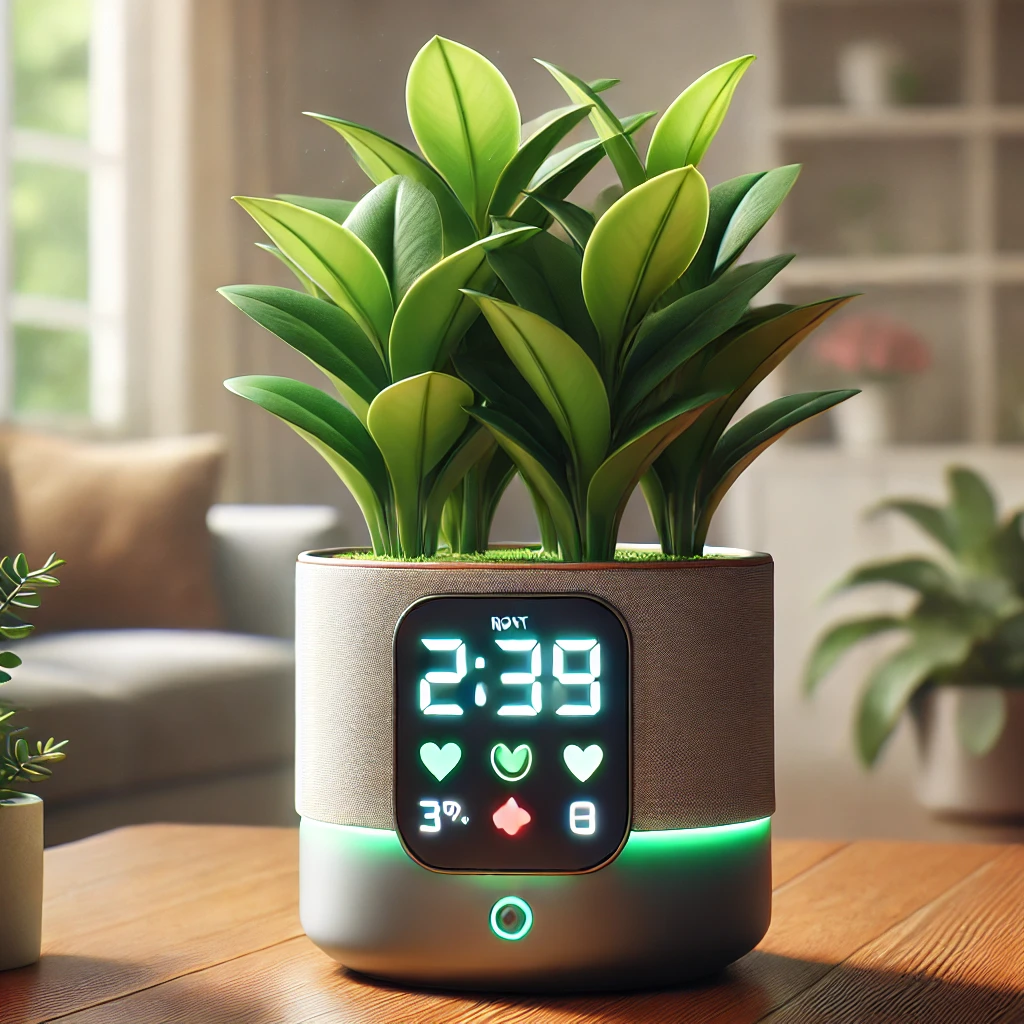The Wacky World of Dutch Tulips: Strange and Funny Varieties You Need to See
When you think of tulips, you probably picture fields of classic red, yellow, and pink blooms swaying in the Dutch countryside. But did you know that Dutch growers have developed some truly bizarre and funny tulip varieties? From blooms that resemble ice cream cones to those that look like they’ve been dipped in paint, the Netherlands continues to surprise the world with its creative take on these beloved flowers. Let’s explore some of the most unusual and amusing tulip varieties that have recently been invented.
1. Ice Cream Tulips: A Sweet Treat for the Eyes
One of the most famous novelty tulips, the Ice Cream Tulip, looks exactly like a scoop of vanilla ice cream nestled in pink petals. Its unique shape and color make it a showstopper in any garden. While you can’t actually eat them, these tulips have become incredibly popular for their whimsical appearance and photo-worthy charm.
2. Parrot Tulips: Feathers, Not Petals
Parrot Tulips are some of the most dramatic flowers you’ll ever see. Their petals are frilled, ruffled, and twisted in a way that makes them look like tropical bird feathers. With colors ranging from fiery reds to electric greens and deep purples, they are anything but ordinary.
3. Freak Tulips: Mother Nature’s Happy Accidents
Dutch tulip breeders sometimes come across mutations that look so unusual, they decide to cultivate them on purpose! These so-called Freak Tulips have unusual streaks, split petals, and color patterns that give them a completely unexpected look. Some even resemble abstract art!
4. Black Tulips: A Gothic Garden Must-Have
For those who love a bit of mystery, Queen of Night tulips are the perfect choice. This deep purple-black variety has an elegant, almost otherworldly look that contrasts beautifully with lighter flowers. While not entirely black, they are close enough to add a gothic touch to any floral display.
5. Peppermint Tulips: Candy Cane Vibes
Imagine a tulip that looks like it has been dipped in red and white paint—meet the Peppermint Tulip. With its bold streaks and swirling patterns, this variety adds a playful, candy-like feel to gardens and bouquets.
6. Green Tulips: The Flower That Forgot to Bloom?
Yes, there are green tulips, and no, they’re not unripe! Some Dutch varieties, like the Viridiflora Tulips, have striking green streaks or even entirely green petals. They might look odd at first, but they add a fresh, modern touch to floral arrangements.
The Future of Quirky Tulips
Dutch tulip growers are constantly experimenting with new hybrids, so who knows what the next crazy variety will be? Maybe a tulip that changes color throughout the day? Or one that smells like chocolate? If history has taught us anything, it’s that the Dutch won’t stop until they’ve created the most amusing and beautiful tulips the world has ever seen.
So, the next time you see a tulip that looks like an ice cream cone, a parrot, or a peppermint stick, you’ll know it’s just another brilliant invention from the world’s most innovative flower breeders!
